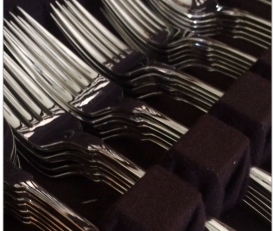
Benefits of Silver Plating
Why should I use silver? In the metal plating industry, silver does not necessarily mean second place. Silver is a nearly white colored semi-precious alloy that has many...
Read More
Why should I use silver? In the metal plating industry, silver does not necessarily mean second place. Silver is a nearly white colored semi-precious alloy that has many...
Read More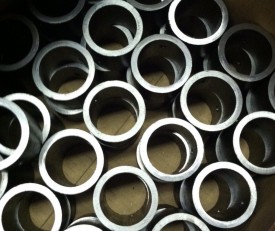
Electroless nickel plating (EN) is a process for depositing a nickel alloy from aqueous solutions onto a substrate (surface) without the use of electric current. As a result,...
Read More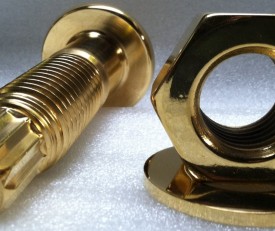
Ten facts about Gold 1.Gold is a very rare metal. So rare, that the world produces more steel in an hour than it has produced gold since the...
Read More
The Problem: Metallic corrosion impacts nearly every industry in the United States. As a result, based on a study conducted by the Federal Highway Administration (FHWA), corrosion causes over $250...
Read More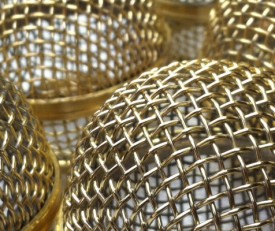
The electroplating process is a complex procedure and while there are several different techniques, this info-graphic may make the process a little easier to understand: The Plating Process 1....
Read More
We just wanted to post a friendly reminder about our holiday schedule! Our shop and front office will be closed on certain days during the week. Your calls...
Read More
History states the color Silver is named after a beautiful color of a river in Turkey named Lycia. Man has had a long relationship with silver back in Indo/European...
Read MoreHow much is an Olympic medal worth? Working with various forms of precious metal on a daily basis, we were curious about the value of an Olympic gold...
Read More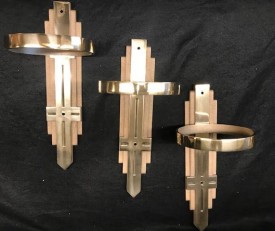
Modern regulations have caused the electroplating process to evolve into something quite different. The Italian chemist Luigi Brugnatelli created the original process. In the early 1800’s Brugnatelli began to...
Read More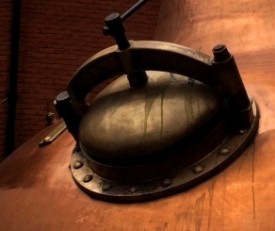
Electroplating a metal object starts with lowering it into a electrolyte solution with dissolving ions of another metal-type in it. After submerging the object,Running an electric current through both...
Read More